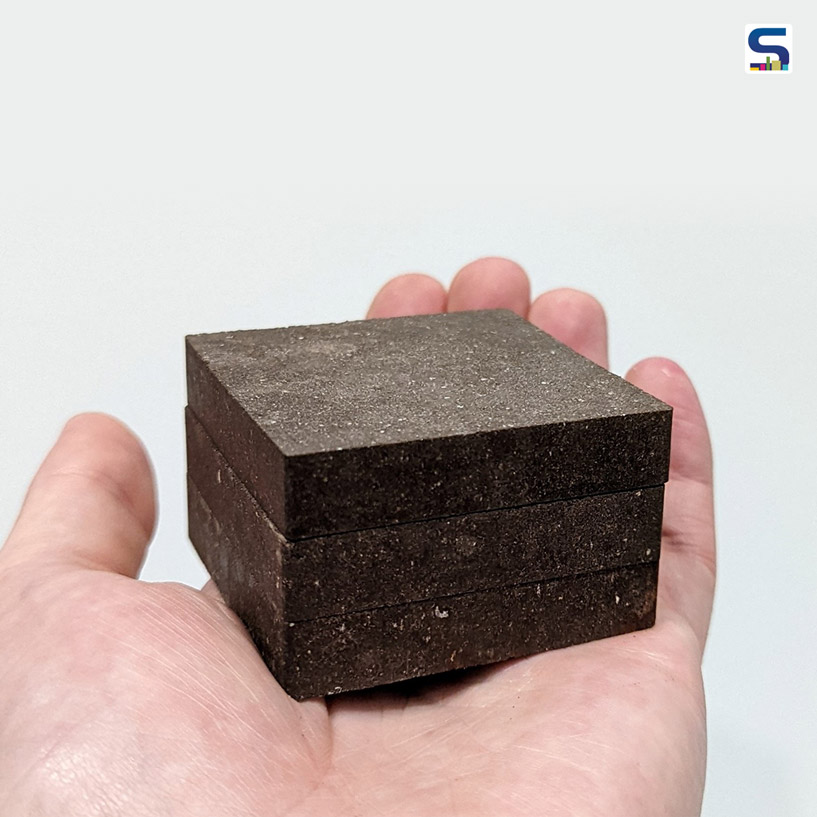
A new material called StarCrete has been reportedly developed by Manchester scientists. Made from extra-terrestrial dust, potato starch and a pinch of salt, StarCrete is reportedly said to be used to build homes on Mars. Here is a detailed report on SURFACES REPORTER (SR).
At present, building infrastructure in space is prohibitively expensive and difficult to achieve. Therefore, space construction is expected to heavily rely on simple materials that will be easily available to astronauts. Created by Dr Aled Roberts, Research Fellow at the Future Biomanufacturing Research Hub, and lead researcher for this project, StarCrete uses simulated Martian soil mixed with potato starch and a pinch of salt. The mixture creates a material that is twice as strong as ordinary concrete and is perfectly suited for construction work in extra-terrestrial environments.
Published in the journal Open Engineering, the paper, ‘StarCrete: A starch-based biocomposite for off-world construction’ elaborates how ordinary potato starch can act as a binder when mixed with simulated Mars dust to produce a concrete-like material. Upon testing, StarCrete had a compressive strength of 72 Megapascals (MPa), which is over twice as strong as the 32 MPa seen in ordinary concrete. Additionally, Starcrete made from moon dust is reportedly even stronger at over 91 MPa.
This research is an improvement on previous work from the same team where they used astronauts’ blood and urine as a binding agent. While the resulting material had a compressive strength of around 40 MPa, which is better than normal concrete, the process had the drawback of requiring blood regularly. “Since we will be producing starch as food for astronauts, it made sense to look at that as a binding agent rather than human blood. Also, current building technologies still need many years of development and require considerable energy and additional heavy processing equipment which all add cost and complexity to a mission. StarCrete doesn’t need any of this and so it simplifies the mission and makes it cheaper and more feasible. And anyway, astronauts probably don’t want to be living in houses made from scabs and urine,” exclaims Dr Roberts.
Furthermore, the team calculate that a sack (25kg) of dehydrated potatoes (crisps) contains enough starch to produce almost half a tonne of StarCrete, which is equivalent to over 213 bricks worth of material. For comparison, a 3-BHK takes roughly 7,500 bricks to build. Additionally, they discovered that a common salt, magnesium chloride, obtainable from the Martian surface or from the tears of astronauts, significantly improved the strength of StarCrete.
That being said, StarCrete if used on Earth, could offer a greener alternative to traditional concrete. Reportedly, it can be made in an ordinary oven or microwave at normal home baking temperatures, therefore offering reduced energy costs for production.
Image credit: University of Manchester